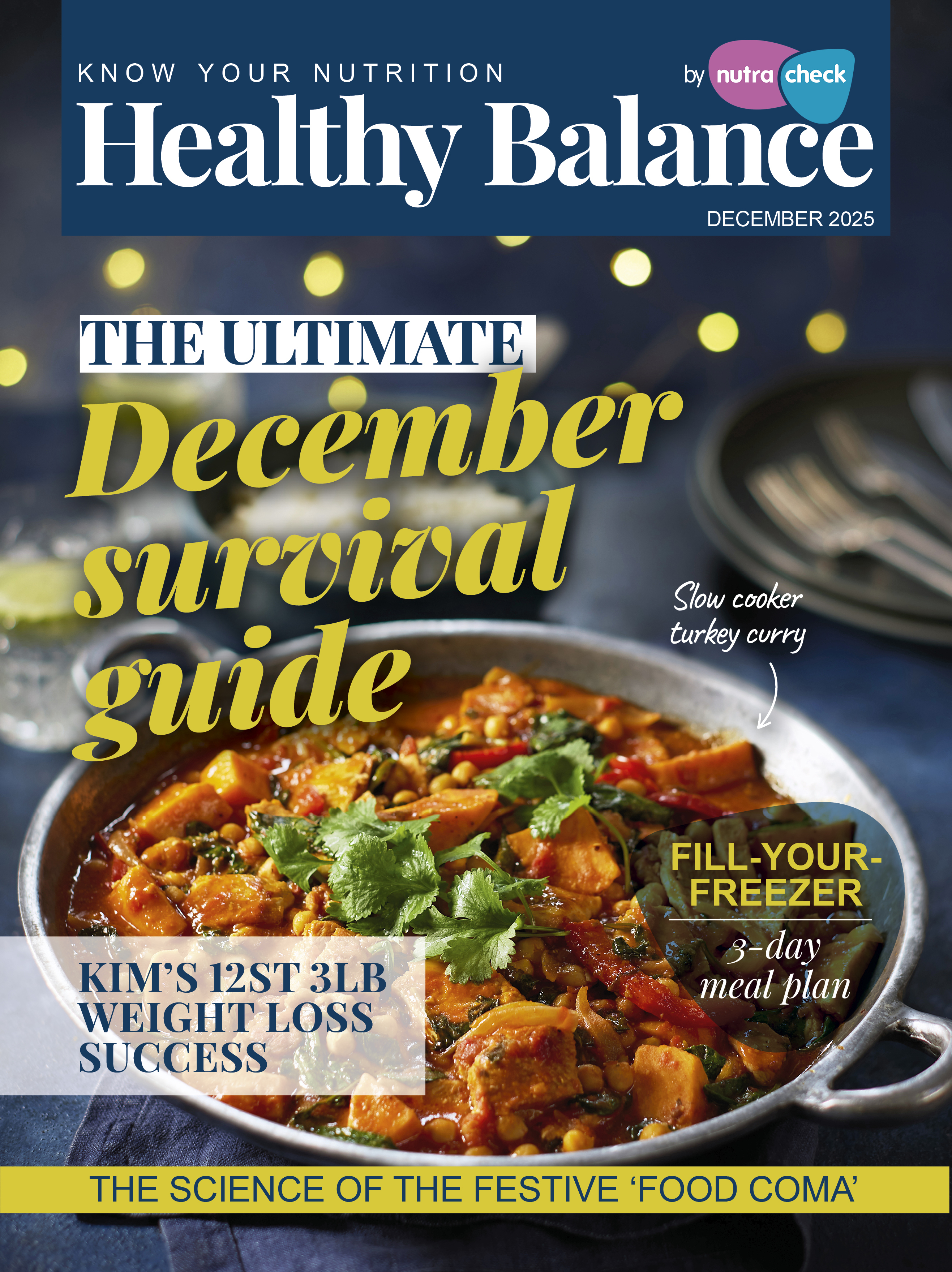Nutrient Challenge - Target tips
Emma & Beth - Nutracheck Nutritionists | 08 May, 2025

Tips to manage saturated fat intake
- As a rule of thumb, animal-based sources of fat are high in saturated fat, whereas plant-based sources are high in unsaturated fat. This is the good kind that has shown to increase 'good' HDL cholesterol. There are two exceptions to this – fish is actually rich in unsaturated fat, and coconut is high in saturated fat.
- When cooking, choose plant oils rich in unsaturated fats like olive, rapeseed, sunflower and sesame over animal-based cooking fats like butter, lard, and ghee. Even though it's been famed as a so-called 'superfood', coconut oil is one of the richest sources of saturated fat, so perhaps switch to olive oil instead.
- The same goes for spreads – vegetable oil spreads will be much lower in saturated fat than butter or dairy-based spreads.
- If you're eating meat, choose a leaner cut and remove any fat and skin before eating, as this is where much of the saturated fat is stored.
- Eating a diet high in fibre may help to reduce some of the fat we absorb through our gut, so be sure to include lots of fibre-rich foods in your diet, like fruit, veg, whole grains, beans, pulses, nuts and seeds.
- Opt for tomato or soy-based sauces instead of creamy or cheesy ones.
- Choose lower-fat versions of dairy products, e.g., fat-free no-added-sugar yoghurt, semi- or skimmed milk over whole milk, single cream or crème fraiche over double cream.

Tips to manage sugar intake
- Swap full-sugar fizzy drinks for 'diet' and 'zero' versions that don't contain sugar.
- While low-fat yoghurt can be a great alternative to full fat when you’re in a calorie deficit, they tend to be loaded with added sugar to make up for the lack of fat. Choose low-fat or fat-free yoghurts with no added sugar to avoid this, and sweeten with fruit if needed.
- While you might not think of squash or cordial as a sugary option, they can be high in added sugar. Opt for versions without added sugar instead.
- Consider whether you need to add sugar to your tea, coffee or cereal. If you regularly do this, try gradually cutting down on the amount you put in to help your tastebuds adjust, or try using sweeteners instead.
- Honey, maple syrup and agave nectar might seem like healthy alternatives to sugar, but they're all just sugar in different forms! Use these sparingly as you would any other sugar.
- Despite the 'healthy' marketing, sports drinks and protein supplements can be high in added sugar. There are plenty of low-sugar options out there – it's all about reading the label.
- Choose lower-sugar condiments like ketchup and barbecue sauce over full-sugar versions.
- Some fruits contain more sugar than others. While incorporating lots of different fruits is an important part of a balanced diet, enjoy smaller portions of particularly high-sugar fruits, such as bananas, apples, grapes, mangoes, pineapples and kiwis. Fruits lower in sugar include strawberries, blackberries, blueberries, raspberries, avocado, lemons, limes, satsumas, grapefruits, and figs.
- Dried fruit can be very high in sugar, and sometimes even has extra sugar added, so only enjoy these in moderation. Remember, they can only count for a maximum of one of your 5-a-day anyway!
- The best way to know how much sugar is going into your food is by cooking it yourself. Making recipes from scratch gives you full control of the sugar in your meals, and avoids the hefty added sugar toll of many premade cooking sauces and ready meals.

Tips to manage salt intake
- Choose lower-salt versions of high salt ingredients, like soy sauce, stock, gravy granules and condiments.
- Add herbs and other seasonings to your cooking in place of salt, like black pepper, chilli, garlic, ginger, and lemon juice. If you're used to salty food, this could take some getting used to, but it is possible to retrain your tastebuds and lower your salt tolerance.
- Taste your food before you add salt. We can often add salt without actually tasting first to see if we really need it.
- Try using a lower-sodium salt, like LoSalt, to reduce your overall sodium intake. These salt alternatives replace some of the sodium chloride with potassium chloride, which is very similar in taste.
- Stay hydrated to help your body clear excess sodium - read more about the importance of water here.

Nutritionists Emma White (ANutr), MSc Human Nutrition and Beth Furness (ANutr), BSc Nutrition and Health, are passionate about diet and how this impacts overall health. They support evidence-based advice around nutrition and aim to help everyone better understand how different nutrients affect the body and long-term health status.











